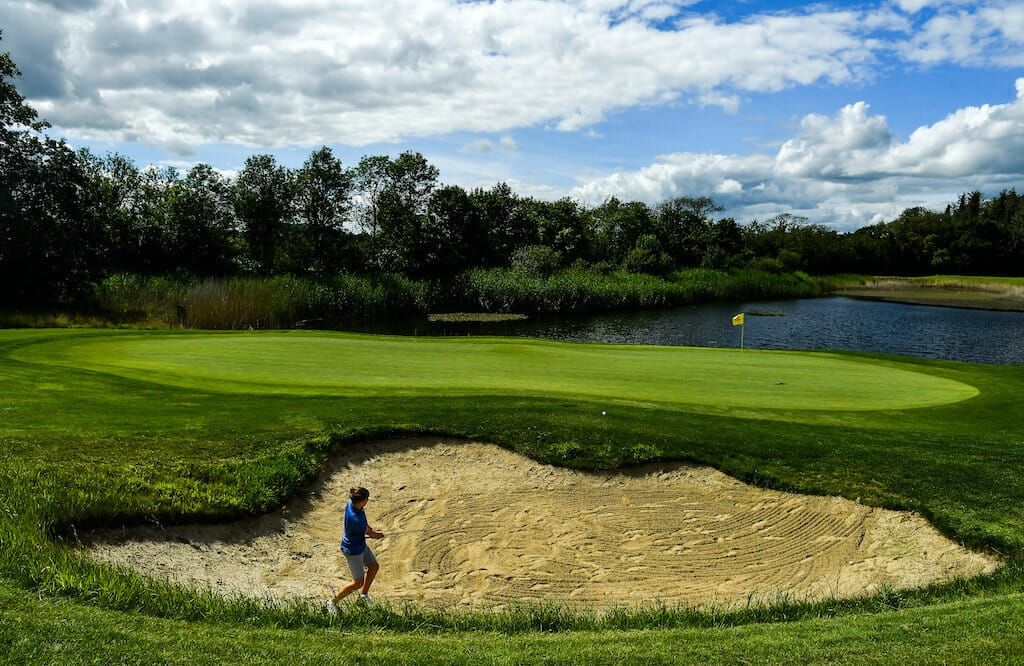The temporary rule introduced this year to help deal with the pandemic of banning rakes from bunkers has been revolutionary and positive for club golfers.
On the pro tours, in normal times, bunkers are so manicured they could hardly be seen as hazards at all. Not only that but they all play the same regardless of location. Is it any wonder pros are so good playing out of them? For amateurs, though, no two bunkers seem alike even when they are beside the same green on the same golf course.
If you are a pro, every shot from a bunker is followed by a raking routine that must be carried out to perfection by a volunteer (usually a professional greens keeper) otherwise there will be ‘murder’. The humble amateur isn’t so lucky.
While I never worry about the overreactions of top pros to adversity, I am concerned that the humble amateur is at a disadvantage. Every bunker on every course seems to have varying amounts of sand with different consistencies. Knowing how much sand is ‘under’ the ball is vital to playing a good bunker recovery. Too often balls are found in depressions, footprints and scrapes left by other golfers. A ball found in the mess left by a roaming dog or an ignorant golfer has only one chance of coming out – in your hand!
It should be a permanent rule that when an amateur golfer hits his ball into a bunker, he should be allowed to mark it and ‘prepare’ the sand by using his foot or club (not his hand); place it back where it was and play it. In my view, this would go some way towards equalising what professionals face on a daily basis. Bad bunker lies on the pro circuit are rare whereas ‘good lies’ are the exception in club golf.
One of the biggest advantages is maintenance staff will have simpler and less frequently occurring tasks of caring for bunkers (thus saving money). The club won’t have the expense of purchasing rakes. Golfers who care about such matters won’t have to worry about whether to leave the rake in the bunker or outside it after they make their stroke. Balls will no longer be deflected by or trapped under rakes. Golfers wouldn’t have to be so diligent about raking over their own footprints after a long walk through the sand, which would also speed up play.
In no time at all, club golfers will see a dramatic improvement in their bunker play because once you know how, and have confidence, it is not that difficult a task. I am convinced that this proposal for bunker play would be enthusiastically embraced by every amateur in the land.
Bunkers are hazards that are uniquely indigenous and natural on links courses, where they were originally created naturally by sheltering sheep. In parkland settings, the opposite is the case and an argument can be made to have no sand bunkers at all. A grassy mound can be just as demanding with its sloping lies and stances. The maintenance of mounds can be troublesome too, but not at the same level as sand traps require.
Grass bunkers were common in years gone by but are seldom seen these days. While much simpler to escape from and less costly to maintain, they can still cost the most skilful player a shot. The tangly grass hollow in front of the 13th green at The Old Course comes to mind. One of my favourite courses in England, Royal Ashdown, has no bunkers but it does not prevent it from being selected on every golf magazine’s top courses in England list.
The virus has helped to simplify bunker play for everybody, let’s keep it that way.























Leave a comment